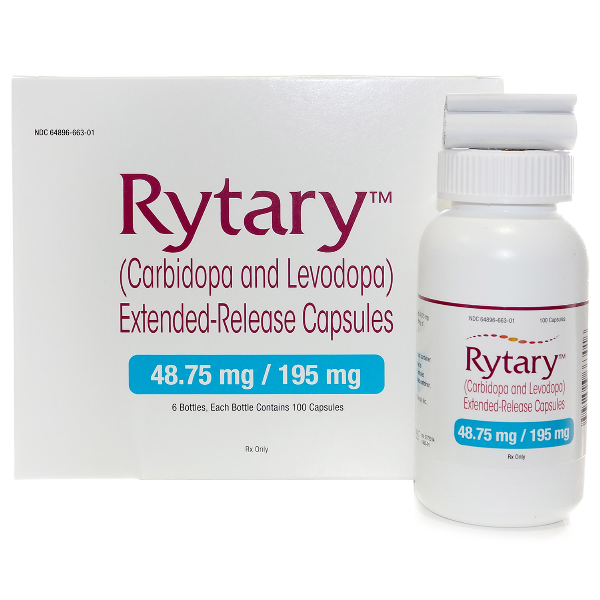Parkinson’s disease, a neurodegenerative disorder affecting millions worldwide, poses significant challenges to those diagnosed with it. From motor impairments to cognitive difficulties, managing Parkinson’s demands a multifaceted approach, often including medications to alleviate symptoms and improve quality of life. Rytary, a medication approved by the FDA in 2015, has emerged as a beacon of hope for many Parkinson’s patients, offering prolonged relief from motor symptoms like tremors, stiffness, and slowness of movement. However, accessing this medication can sometimes be financially burdensome. This is where Rytary coupons come into play, offering a lifeline by reducing the cost of this essential treatment.
Understanding Rytary:
Rytary is a unique medication used in the management of Parkinson’s disease. It contains a combination of carbidopa and levodopa, two compounds that work synergistically to replenish dopamine levels in the brain. Dopamine depletion is a hallmark of Parkinson’s disease and is responsible for many of its symptoms. By providing a sustained release of these key ingredients, Rytary helps smooth out fluctuations in motor function, allowing patients to experience more consistent relief throughout the day.

The Financial Hurdle:
While Rytary can be immensely beneficial, its cost can be prohibitive for many patients. Insurance coverage may vary, leaving some individuals responsible for substantial out-of-pocket expenses. For those on fixed incomes or with limited financial resources, this financial burden can be overwhelming, potentially forcing them to forego or ration their medication, compromising their health and well-being.
The Role of Coupons:
Recognizing the need to make Rytary more accessible, pharmaceutical companies often provide coupons or savings programs to help offset the cost for patients. These coupons typically offer discounts or rebates on out-of-pocket expenses, significantly reducing Rytary price the financial strain associated with purchasing Rytary. By leveraging these coupons, patients can access the medication they need without sacrificing other essential expenses or compromising their treatment regimen.
Navigating the Savings Landscape:
Finding and utilizing Rytary coupons can sometimes be challenging, requiring patients to navigate a maze of eligibility criteria and application processes. However, with the assistance of healthcare providers or patient advocacy organizations, individuals can often streamline this process and maximize their savings potential. Additionally, online resources and patient support groups may offer valuable insights and assistance in locating available coupons and optimizing their use.
The Impact on Patients:
The availability of Rytary coupons can have a profound impact on the lives of Parkinson’s patients. By alleviating the financial burden associated with medication costs, coupons empower individuals to prioritize their health and well-being without sacrificing other necessities. This not only enhances their quality of life but also contributes to better treatment adherence and improved disease management outcomes.
Looking Ahead:
As the landscape of healthcare and pharmaceuticals continues to evolve, ensuring access to essential medications like Rytary remains a critical priority. While coupons provide temporary relief, addressing the underlying issues of medication affordability and access requires a concerted effort from various stakeholders, including policymakers, healthcare providers, and pharmaceutical companies. By working collaboratively, we can strive to make essential treatments more accessible to all individuals affected by Parkinson’s disease and other chronic conditions.
In conclusion, Rytary coupons serve as a valuable resource for Parkinson’s patients, offering much-needed financial assistance in accessing this essential medication. While they represent a step in the right direction, addressing broader issues of medication affordability and access remains paramount to ensuring optimal care for individuals living with Parkinson’s disease. By advocating for systemic changes and leveraging available resources, we can strive to create a healthcare landscape where everyone has access to the treatments they need to live healthier, more fulfilling lives.

